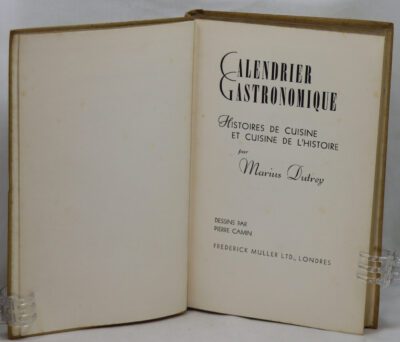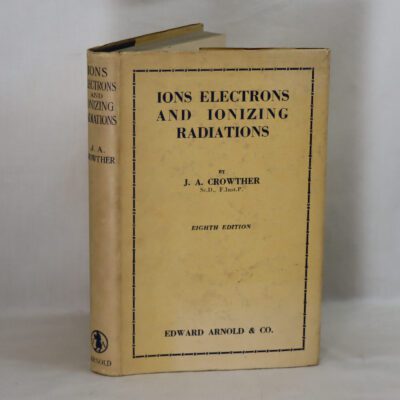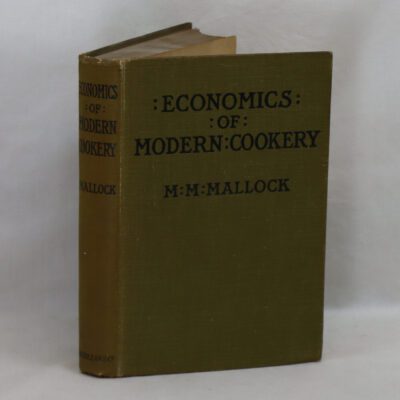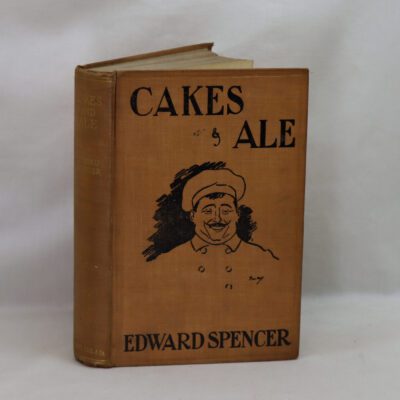Faustus and the Censor.
By William Empson
ISBN: 9780631156758
Printed: 1987
Publisher: Basil Blackwell. Oxford
| Dimensions | 16 × 24 × 2 cm |
|---|---|
| Language |
Language: English
Size (cminches): 16 x 24 x 2
Condition: Good (See explanation of ratings)
Item information
Description
In the original dust jacket. Black cloth binding with gilt title on the spine.
We provide an in-depth photographic presentation of this item to stimulate your feeling and touch. More traditional book descriptions are immediately available
- Note: This book carries a £5.00 discount to those that subscribe to the F.B.A. mailing list
A lovely clean book, please view the photographs.
Marlowe’s “Dr Faustus” is the play that has, more than any other, given us the legend of Faustus, the man for whom the price of knowledge was eternal damnation. But in this, his last major and sustained piece of work, the author challenges the integrity of the text as we have it, and with it, the shape of the Faust myth it inspired. The book presents the play as a crowning instance of the growing 16th-century preoccupation with magic, no longer the rank broth-boiling of the middle ages, but the home of the restless, questing philosopher. But it is also more crucially an instance, it argues, of severe religious censorship. The text we have can be seen to differ significantly from its closest sources, signalling the attention of a religious censor unable to sanction so bold a challenge to orthodoxy by the questing Faustus. In its place, the author recreates the original and authentic “Dr Faustus” in which man and spirit are bound by far more complex mutual attractions than those of demonic pact, and which culminates in a scene not of abject damnation, but of Faustus’ safely achieving his real physical and spiritual ends. This work advances a controversial thesis that not only questions our knowledge of the play, but our familiarity with the Faust-legend as well.
Review: Christopher Marlowe was one of England’s most famous playwrights, a contemporary of Shakespeare and his rival for a brief period until his life was cut short by a mysterious dagger-thrust to the eye. The result of a tavern brawl? Political assassination? No one knows. The mystery survives to this day.
As with his life, one of Marlowe’s classic dramas, “Doctor Faustus”, the tragic legend of the man who sold his soul to the devil, is also the subject of much debate for the simple reason not one but two different manuscripts exist, the A and B Texts, and no one has been able to adequately explain why there is more than one version for this remarkable work. The A text was first published in 1604, and republished twice, but the B Text, which contains far more material than the A Text, eclipsed this version in 1616 and was republished five times.
For years, Marlowe scholars have attempted to discover how these two texts came into existence and why the B Text seems more complete than the A Text, however, all they have provided are theories, but no definite answers.
William Empson had his own unique theory, which is the subject of this scholarly work. Empson, a literary critic famous for his close reading of texts and his controversial analysis of them, proposed Marlowe was attempting to introduce something dangerous into this particular drama, something that would have rang alarm-bells for the theologians of his day, and therefore attracted the attentions of the state censor.
Texts were closely scrutinized in Elizabethan times lest dubious material might corrupt the morals of the spectators, and Empson believes the A Text was chopped when Marlowe deviated from acceptable Christian theology by having Faust desire to become a Middle Spirit and escape damnation, yet rejecting God’s plan for salvation. Under this plan, Faust would have enjoyed all the benefits of selling his soul, without the expected punishment of falling into Hell. Empson proposes that Marlowe “skipped” this version out into the public before the censor could catch him, but was later forced to cut the objectionable material for later performances. The cut version is supposedly the A Text, and a later Christianized patch-up resulted in the B Text.
This book explores the various “clues” Empson believed he discovered in the two texts that point to this strange unorthodox plot, which he claims was excised by the censor. The problem is, Empson died and left his study unfinished and unpolished. John Henry Jones was granted permission to edit and publish Empson’s draft as he had discussed the subject many times with him and had a fair idea of how the critic wanted to present his theories. However, in deciding not to edit Empson’s original work too much, the book reads in a disjointed manner as the editor had nothing but a working draft to use. In this form, it is difficult at times to grasp what Empson was trying to point out, and the text suddenly ends, leaving the reader dangling in mid-air.
Yes, you know what his theory is from the introduction, but how Empson arrived at his conclusion is difficult to discern from his text due to its nature as a draft in progress. While scholars must be grateful that Empson’s work was not lost after his death, this book tends to be frustrating to read for the above mentioned reason, and the fact he and the editor presupposes readers to be familiar with W.W. Greg’s analysis of Marlowe’s text, which may not be the case. Moreover, we also have to remember this is just a theory, we have no idea if Marlowe included this unorthodox plot in “Doctor Faustus” as Empson suggests. However, there are other interesting sections, such as the various explorations of early Faust material, information on the Faust books, and the Renaissance debates on the existence of Middle Spirits and how they play into the Faust legends.
Want to know more about this item?

Related products
Share this Page with a friend











